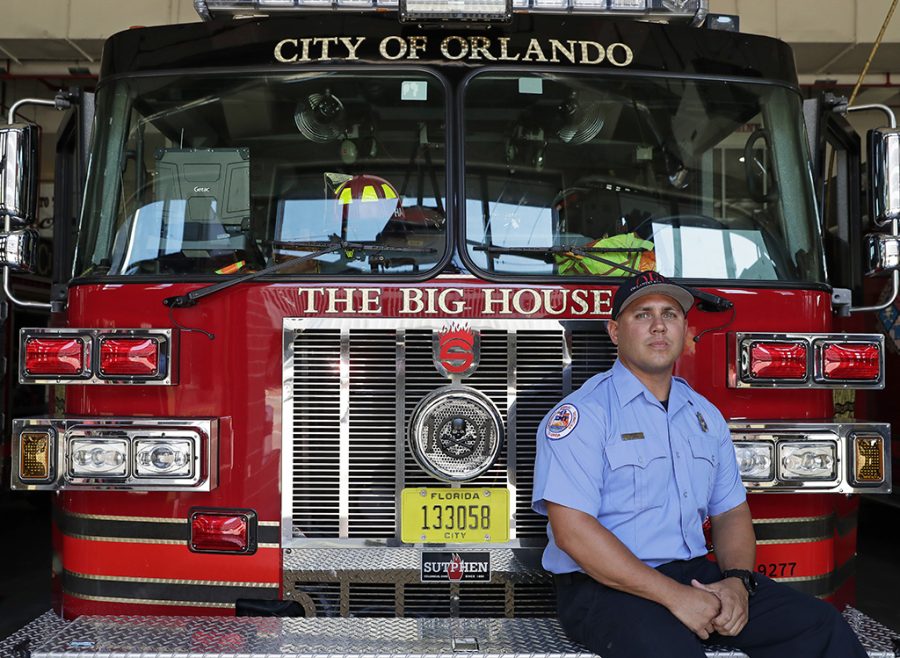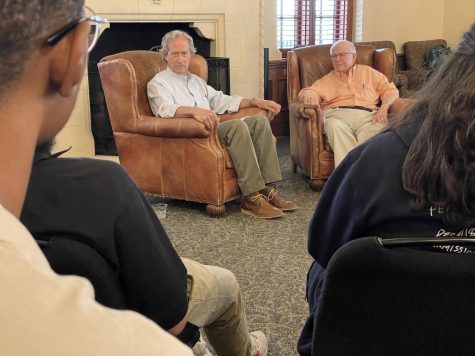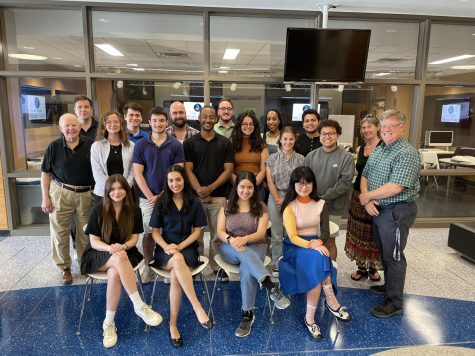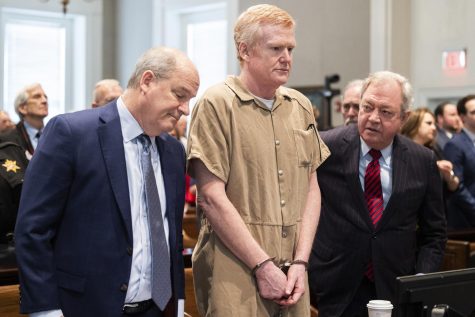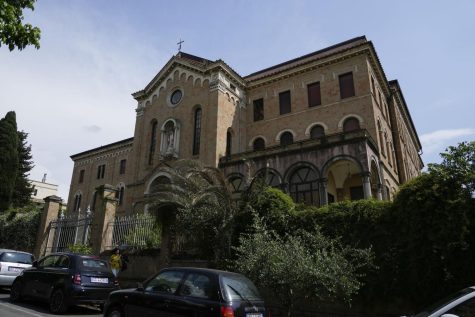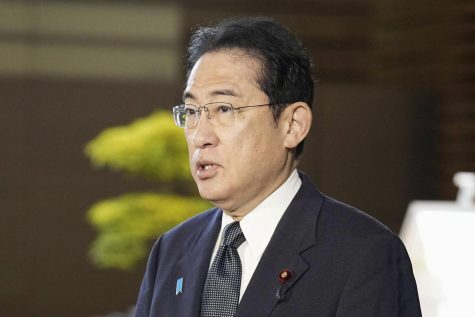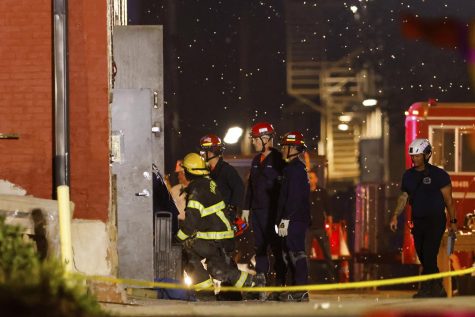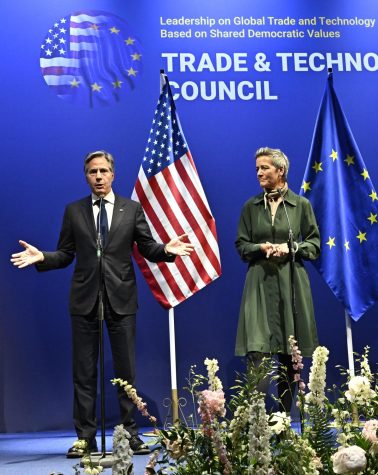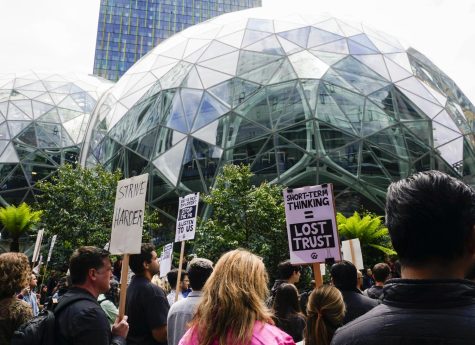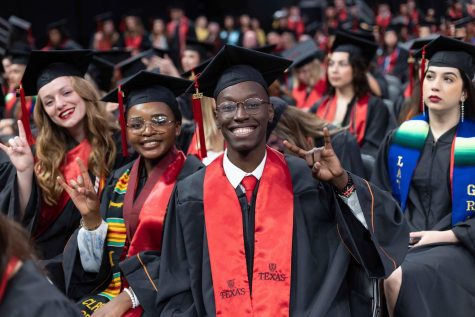A Nation of Trauma
Mass shootings create rippling network of stricken survivors
CHICAGO — Pardeep Singh Kaleka has surveyed the landscape of an America scarred by mass shootings.
Seven years ago, a white supremacist invaded a Sikh temple in Wisconsin and killed six worshippers — among them, Kaleka’s father. Now, whenever another gunman bloodies another town, Kaleka posts a supportive message on social media. Then, later, he may journey to the community to shore up others who share his pain.
He’s been to Newtown, Connecticut. Charleston, South Carolina. Pittsburgh. “We’ve become kind of a family,” Kaleka says.
It’s true. The unending litany of mass shootings in recent years — the latest, on Friday, left 12 dead in Virginia Beach, Virginia — has built an unacknowledged community of heartbreak, touching and warping the lives of untold thousands.
All the survivors, none of them unscathed. Loved ones of the living and dead. Their neighbors, relatives and colleagues. The first responders, the health care workers, the elected officials.
The attacks have changed how America talks, prays and prepares for trouble. Today, the phrase “active shooter” needs no explanation. Schools hold “lockdown drills” to prepare students for the possibility of a shooter. Police and firefighters, tormented by memories of carnage they’ve witnessed, are treated for post-traumatic stress disorder. Healing centers have opened. Support groups of survivors have formed.
Mayors, doctors, police and other leaders who’ve endured these crises are paying it forward — offering mentoring and guidance to the next town that has to wrestle with the nightmare.
Former Oak Creek Mayor Stephen Scaffidi remembers that the night of the 2012 Sikh temple shooting he got a call from the mayor of Aurora, Colorado, where 12 people had recently been killed at a movie theater. “He gave me the best advice … ‘Be calm. Reassure your community. And only speak to what you know,'” Scaffidi recalls.
Last year, two days after the fatal shooting of 17 students and staff at Marjory Stoneman Douglas High School, Christine Hunschofsky, mayor of Parkland, Florida, met the mother of a 6 year old killed at Sandy Hook Elementary School. “She said at first it will seem like everyone comes together,” the mayor recalls. “Then it seems like a tsunami that hits the community. People become very divided. This is all normal after a mass trauma.”
Mass shootings account for a tiny percentage of homicides, but their scale sets them apart. In 1999, the Columbine shooting shocked the nation with its unforgettable images of teens running from the school with their hands up. Today, the public follows these unfolding events through live-streamed video or tweets.
The National Center for PTSD estimates 28% of people who have witnessed a mass shooting develop PTSD and about a third develop acute stress disorder.
April Foreman, a psychologist and board member of the American Association of Suicidology, likens exposure to mass shootings to a flu epidemic.
“Some people might be immune or not susceptible to that strain,” she says. “Some people are going to get a little sick, some people are going to be very sick. … Suicide is like the extreme outcome.”
Some first responders diagnosed with PTSD have turned to UCF RESTORES, a clinic at the University of Central Florida that helps military and civilian trauma victims.
Deborah Beidel, the clinic’s director, says first responders from Parkland and the Pulse nightclub shooting in Orlando, Florida, face trauma similar to those in combat. About 50 of these workers have been treated, most in a three-week outpatient program that exposes them to the sounds, smells and sights they encountered during the event.
Jimmy Reyes, a 35-year-old Orlando firefighter, suffered panic attacks after Pulse. He was haunted by memories of that morning when he treated bloody, wounded people screaming in agony. As part of the program, he told his story over and over, recalling everything he saw, including one man who’d been shot in the head and another who asked, “Am I going to die?” At certain points, a therapist cued up sounds he’d heard — gunshots, sirens, an explosion.
At first, he says, he cried. By the end of the sessions, he was dry-eyed and calm.
Reyes is better now but he’s changed. “I felt like I was normal before Pulse,” he says. “I was a very happy guy. … Now I still deal with depression.”
“June 11th, I was normal. Then June 12th happened. I’m a completely different person.”
So is Las Vegas trauma surgeon Dave MacIntyre.
In the chaos after the 2017 Route 91 concert shooting, his hospital treated more than 90 severely injured patients in 113 minutes. After 20 years, MacIntyre is now a part-time trauma surgeon looking to leave the operating room. He’s enrolled in an MBA program for doctors and plans on becoming a consultant to help hospitals deal with similar challenges.
MacIntyre didn’t realize he had PTSD until a program coach noticed his anxiety, stress and short temper. “I find it very hard to talk to family members and give them bad news … much more so than before,” he says.
Brian Murphy, a former Oak Creek police officer, says he didn’t have any psychological trauma after the Sikh temple shooting.
He was shot 15 times throughout his body. One bullet remains lodged in his skull; another in his throat, giving him a permanent rasp.
Medically retired, Murphy refuses to dwell on the past.
“It’s not like I wake up and say, ‘I can’t believe this happened.’ It’s just life now. I don’t think there’s a tremendous amount of good that comes from looking behind.”



